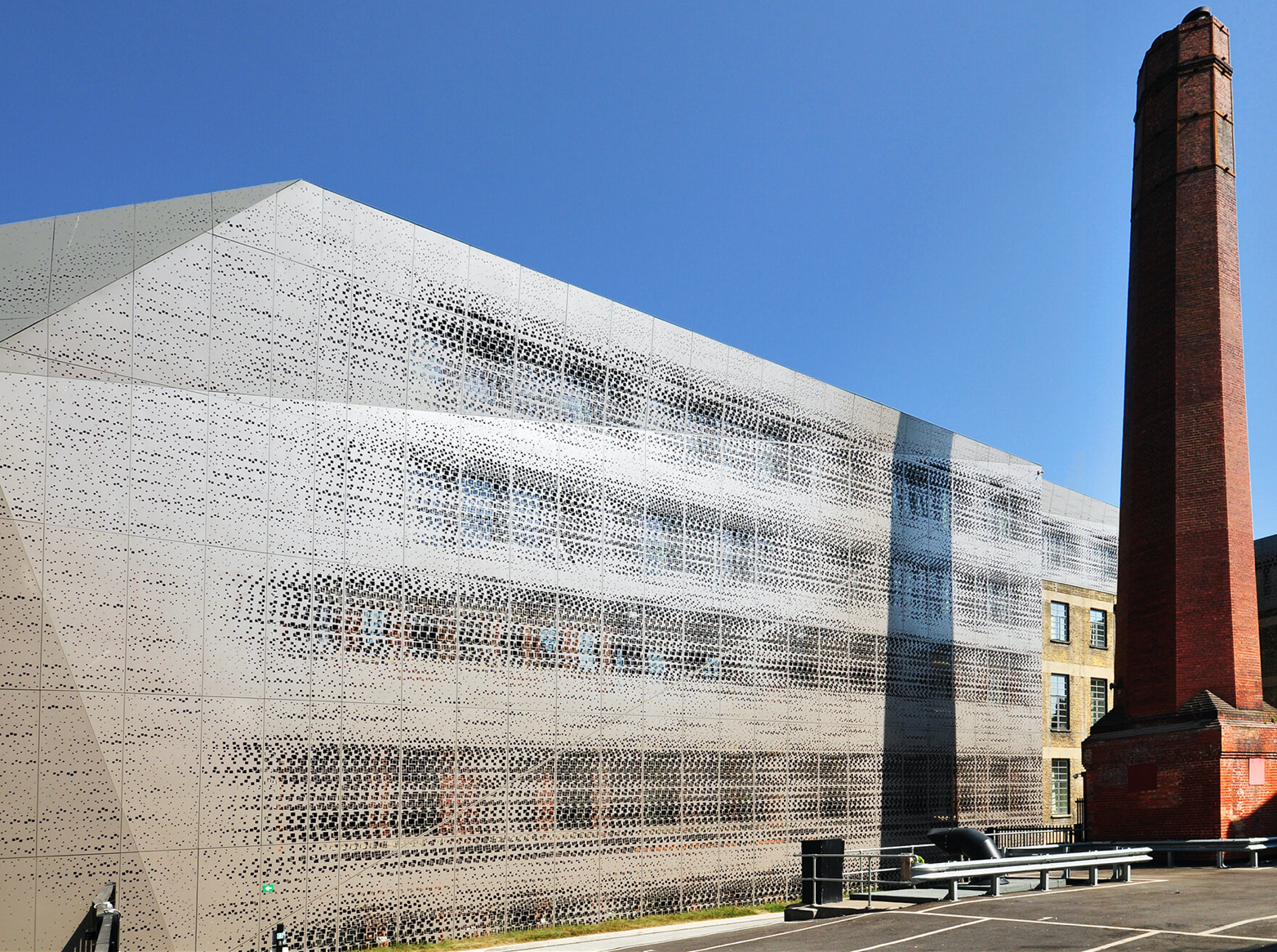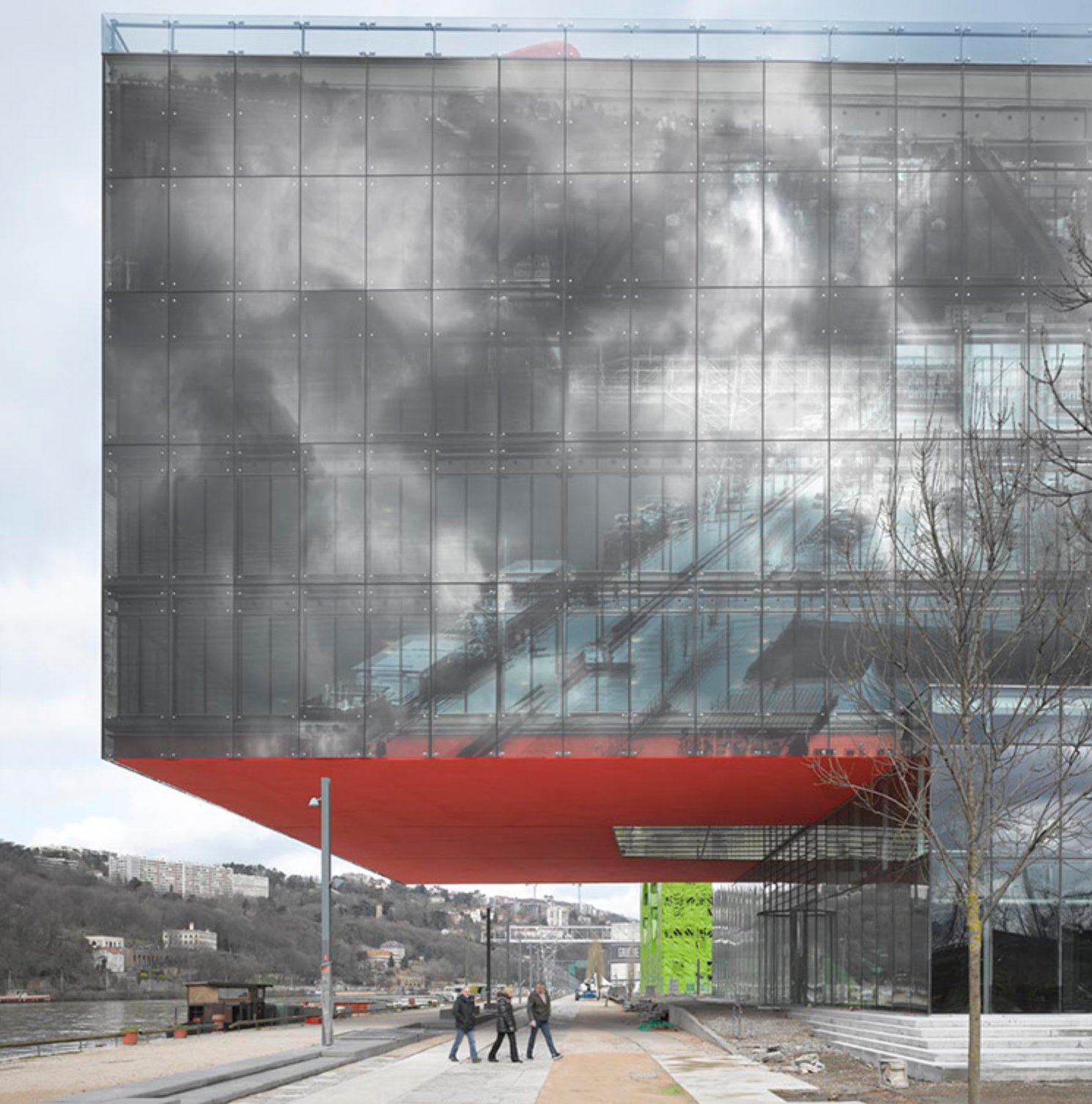
Starting a blog as a campaign
21.05.2021
FEW OPENING COMMENTS
This is the first of ten posts, of which seven are still waiting to be fully written under the given titles, as one could find at the blog’s opening page. (The decision on what number of posts the blog would be introduced with, was, apparently, a design issue, noticed only lately.) After completing these ten first posts, I’ll continue to add new ones, twice a month, starting in September 2021.
The blog would focus on my ongoing campaign – claiming that in architecture, beauty does matter – and, I hope that it would be of interest to architects in academe, in practice, and to students of architecture. Having curious visitors from other disciplines, would be a wonderful gain, and, highly welcomed.

The website’s Projects category is presented along a timeline, reflecting on my activities as an architect, where the last two entries feature the Tallinn Architecture Biennale that I curated – TAB 2019 – a symposium and curatorial exhibition. More projects will be added, presenting selected ones from those I was engaged with – designing, writing, curating, teaching – filling in the gaps between 1988 – when I started working in Tel Aviv, as a freelance architect – and 2021. In time I’ll add some new ones, hopefully.
The reason for some of the website being bilingual – English & Hebrew – is that Hebrew is my mother’s tongue and it gives me a joy using it here and there.
I think architecture in English, and in certain opportunities I translate some text of mine into Hebrew, which is often a real challenge.Yet, a pleasurable test, for I love Hebrew, the very letters too, but more importantly the use of it affirms my being, goes deeper in my brain, perhaps, similarly to those childhood memories that we often cherish.
The long term taboo and the resurgence of beauty

For quite a while, architecture, as a discipline, is not being understood, or appreciated enough, for those things that its professionals – the architects – particularly excel at, and contribute substantially and effectively to the different processes of design. I believe that it is due to years of pressing on ethics and shying away from claiming genuine involvement with aesthetics. It is very much so since beauty became a taboo word across culture – not only in architecture, but a bias that is expressed in politics, psychology, poetry, music, and the visual arts – a direct reflection on how deep is the phenomenon. Hence, it won’t be uprooted so quickly, even when, factually, there are already amounting reasons for the bias to fade away, and the taboo to be uplifted.
It seems to me that there is a danger Max Planck’s old observation – concluded about hundred years ago – is right in our context too.
Planck claimed that “A new scientific truth does not triumph by convincing its opponents and making them see the light, but rather because its opponents eventually die, and new generation grows up that is familiar with it.”
Beauty is heavily denigrated for some eight decades and is still the most slandered word across different disciplines in Western culture. A phenomenon that had started in the 1940s-50s, had gone stronger in the 70s, and had been continued so – with few ups and downs – until these days. Most architects, in academic institutions, and in practice, still associate the word beauty with old world, non-progressive values, or shallowness.
That taboo was emanated from manifold reasons, historically rather complex to unravel, and I wrote about those extensively. (See: Yael Reisner with Fleur Watson, Architecture and beauty, conversations with architects about a troubled relationship, Wiley, 2010. Also, the AD magazine I guest edited, Beauty Matters, Human judgement and the pursuit of new beauties in post-digital architecture, 2019, 05, vol. 89, and the Tallinn Architecture Biennale 2019’s catalogue, Beauty matters, civilization couldn’t exist without the experience of beauty.
Clearly, the leading characteristics are the two core dyads Form vs Content, and Objective vs. Subjective. Both have played a fundamental role in turning beauty into the taboo.
A good confirmation of that is the tendency amongst architects to take pride in a range of multitude contents they manage to bring together, embarrassed to talk about aesthetics and form, objectifying their activity, and disregard the values of subjectivity.
Years of neglect have reduced architects’ ability to explore the real depth of beauty. When asked to describe beauty in architecture, most refer to the Renaissance, the ideal of perfection, and some to an elegant line or a neat detail, without reference to beauty’s much deeper, enigmatic characteristics, with wide diversity through time.

In September 2019, through the catalogue of Tallinn Architecture Biennale 2019 that I curated, and the AD magazine that I guest-edited, I reported on how after years of aggressive suppression, a preoccupation with beauty have just made an arrival, evidenced by a cultural shift from the supposedly objective to an emerging trust in the subjective.
Amongst these mavericks were Anne-Laure Cavigneaux and Rodney Eggleston, Alisa Andrasek, Gilles Retsin, Claudia Paquro and Marco Poletto, Kristina Schinneger and Stefan Rutzinger, David Garcia, Lara Lesmes and Fredrik Hellberg, or Mark Foster Gage, (and the list is longer), along those who never stopped believing in beauty, such as Kazuyo Sejima, Odile Decq, Zaha Hadid, Kengo Kuma, John Wardle, Peter Zumthor, or Renzo Piano, to mention some.
Not less important is that this fresh fascination with beauty is taking place in parallel to new knowledge and observations which, simultaneously, emanate from disparate disciplines, discussed in these two publications mentioned, and briefly described further below.

Beauty apropos other disciplines – neuroscience, mathematics, and philosophy
During 2000 – 2010 my research was focused on the troubled relationship between architects and beauty, but, since summer 2014, after new findings emanated from neurobiology and neuroaesthetics, I read numerous research papers and books on neuroscience, while meeting regularly with Semir Zeki, the UCL Professor of Neuroesthetics, (the term that he coined in the 1990s), a world expert on the human experience of beauty, a British neurobiologist, and leading expert of the visual brain and the neural correlates of affective states, such as the experience of love, desire and beauty.
In parallel, I dived into the world of Mathematics, reading reports, particularly, about mathematical physics, (as Einstein, for example), as most mathematicians never lost interest in beauty, as happened in architecture, the arts and humanities. Since they never stopped discussing beauty, their experience enabled them often to affirm its cluster of qualities: elegance, profundity, originality, clarity, seriousness, significance, economy, magic and often ambiguity.
During 2018 I was drawn to the contemporary triple O movement in philosophy, (the Objects Oriented Ontology; in short: the OOO), particularly to Graham Harman – its founder – and to his numerous books and articles. I found Harman’s writing encouraging, since he asserts not only that architecture needs beauty, but that beauty has no greater friend than architecture. He writes expensively on how beauty has to do with what is intrinsic to a thing, and is indescribable in a literal way.
Familiarity with the approach of some scholars from these three disciplines – particularly those who contributed to the two publications I edited -would help strengthen architects to aspire to beauty as their leading concern and design activity, thus, restoring the status of beauty and give further support to the architectural discourse in gathering confidence for doing so.
In architecture – beauty does matter
Great architecture emerges from the creative tension between the variables that architects are engaged with through the design process, sifting through ideas, tools and resources, striving to achieve a result that is original, profound, clever, elegant, economical, clear, surprising, often ambiguous. Surely those are the characteristics of beauty, while we have to remember that the moment in design when everything fall into place is the moment when beauty was probably achieved.
New architecture, these days, that fails to excel socially, or, ecologically, will not be really beautiful, as beauty in architecture is not just an elegant line. It emanates from an original and profound thinking, which includes engagement with today’s relevant and important variables. Hence, any architectural orientation, at any time, fails without beauty.
Architecture has the power to speak to individuals, nurturing and preserving their differences, acknowledging their similarities, and giving identity to collectivist cultures. It is the creative role of the architect to bring to cities profound new architectural beauties, substituting alienation with a wider palette of emotional involvement, and the ecologically unfit, introducing contemporary and diverse experiences of beauty – a concept for our age, creation by individuals for their fellow individuals, and since beauty is not a singular idea in our time, its plurality prevails.

*This post’s opening photo of mine, is a fragment of one taken by the photographer Erieta Attali, during one of our regular meetings at the Daquise Restaurant, in South Kensington, London, a place we both have enjoyed for many years.
Under construction.